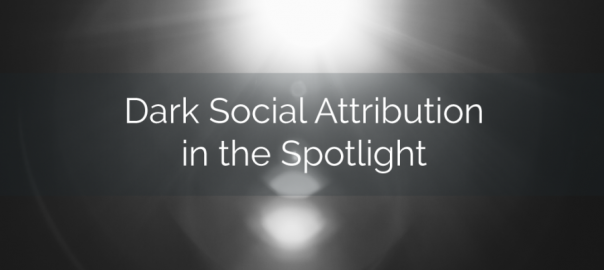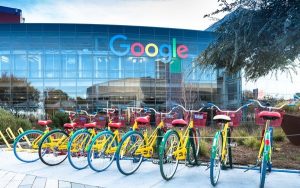
In the pre-social and pre-mobile world, attribution was pretty simple. Web analytics could tell you that a visit from search was from search, a visit from a link on nytimes.com was a referral from the New York Times website, etc.
But today, when you look at your web analytics, an oversized chunk of your traffic is probably coming from direct. This “direct” bucket is misleading, but before we get into why, let’s explore what direct really is. Unlike the other traffic acquisition channels — search, social, referral — what goes into “direct” isn’t exactly straightforward.
What is direct?
From a consumer behavior perspective, it’s supposed to be when people type in your website’s URL directly into the browser’s address bar or if they bookmark your URL and come that way.
But from a technical perspective, direct traffic is all traffic that doesn’t have a referrer. Web analytics, such as Google Analytics, sort and attribute traffic based on referrers. When you search on Google and click on a link, Google tells your website that your visitor came from Google, allowing your web analytics to attribute the visit to a Google search. However, some websites — and more commonly now, mobile apps — don’t pass along a referrer. So when your web analytics doesn’t see a referrer, it assumes the visit was direct and gets lumped into the direct bucket.
The problem with this is that you, the marketer, go look at your web analytics and see that a bunch of people are coming from direct. “Wow,” you tell yourself, “a lot of people know my website URL or have it bookmarked.” While that would be nice, that’s not exactly what is going on. Direct traffic is significantly overrepresented due to what’s been termed “dark social.”
What is dark social?
Dark social is any social sharing that drives traffic but is misattributed as direct because the source does not provide a referrer.
Why are you just hearing about dark social now?
The reason why dark social attribution is so important right now is because more and more behavior cannot be tracked with referrers. Consumer behavior, especially when it comes to communicating with one another, is changing. As digital channels are accounting for more of consumers’ communication and mobile is becoming the primary digital device to communicate on, dark social is becoming a bigger problem.
The way mobile apps treat referrals is fundamentally different from how the web treats referrals. Simply, mobile apps don’t pass a referrer, which results in a lot of dark social. A typical example is traffic from the Facebook mobile app. When your customers are on their Facebook app and click on a link, the Facebook app doesn’t pass a referrer, and your web analytics will misattribute that visit to direct. Clearly, that customer behavior should be represented in your analytics by attributing the visit to Facebook. Mobile social apps, mobile messaging apps, instant messages, text messages, and many email clients — some of the core ways consumers talk to each other — are similarly misattributed.
Not too long ago, that behavior was the exception and not the rule. But now, there’s more mobile internet users than desktop, and the trend in favor of mobile doesn’t look like it is slowing down anytime soon. As of January 2015, Facebook has over a billion mobile MAUs, and 60% of the social network’s total sharing is on mobile.
And finally, attribution as a whole is more important than ever because brands are thinking about holistic marketing experiences, rather than cleanly segmented marketing efforts. In a holistic, omni-channel marketing world, attribution is tricky and making sure each channel is getting the credit it’s due is important.
Solving dark social
Companies like Chartbeat have done a good job of explaining how dark social is affecting their customers’ traffic analysis. They’ve found that, for the majority of their customers, dark social accounts for about a quarter of their total traffic. That’s a lot of information to be missing in a black box.
At Inside Social, we are finding alternate methods to attribute traffic and conversions. By combining user agent analysis with device analysis, we can now determine mobile social from other kinds of dark social. And even when traffic is still “dark”, through our URL tracking technology, we’re able to differentiate peer-to-peer sharing occurrences from non-sharing causes of dark traffic. We know there’s still progress to be made, but this is a huge step forward in the battle against dark social.
Dark social attribution is a key challenge to proper budget allocation. Right now, marketing data over-attributes direct and under-attributes social, leading to less than optimal allocation. With accurate dark social attribution, marketers can see what channels are truly working, and increase their marketing ROI.
(218)








